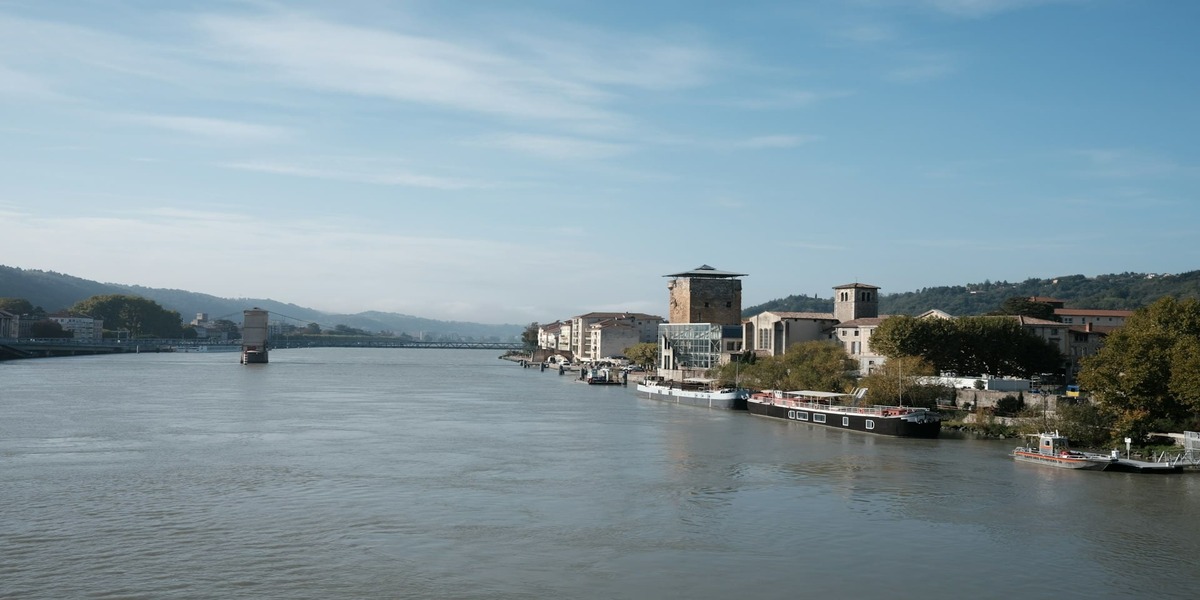Water Bodies At Residential And Commercial Projects

I have dwelled on this topic— certain residential projects use water bodies, fountains, etc., as their USP and main theme!
In certain cities, and for that matter here in India, that is becoming increasingly difficult to maintain and manage as groundwater has been depleted to a considerable and alarming extent.
It has become mandatory for residential and many commercial projects to ensure adequate rain harvesting and water conservation procedures in place!
Alternative energy-producing equipment should also be in place to ensure conservation and increase the use of green energy.
Water Management in Residential And Commercial Projects
- Water management has to be the top priority even if we have successful monsoons, as water requirements will only increase with increasing urbanization
- Reducing the usage of water bodies, fountains that usually are left unused over time, and any other water themes like lily ponds, etc, should be done
- Water usage for any common area should be managed, like mandatory water foggers for car washing and common area cleaning.
- Drip irrigation and methods of garden water distribution from treated STP should be popularized, as should flushing at all bathroom cisterns
- Swimming pool water conservation and management will go a long way in ensuring cleanliness and water saving to a large extent
- Water conservation for firefighting and proper conservation will also be a strong point while managing this resource
- Groundwater charging pits along the landscaping of all residential and commercial assets should be well-planned and be part of any project design development at the greenfield stage itself
Going forward, a well-planned green building project with natural resource management will ensure the future of our world before it is too late.
Frequently Asked Questions Answered by Mahesh Laxman
Q1. What are the economic benefits of investing in green building practices for residential developments?
On a macro level, to answer this question, the economic benefits would be the cost of power, such as solar panels, lower water charges, plus many other such savings when green building practices are followed.
Q2. How can smart technology and sensors be integrated into drip irrigation systems to improve the monitoring and management of water usage in commercial landscapes?
Water conservation systems followed globally, mainly the Israeli systems and those used by acrid countries, would tell a comprehensive story!
There are multiple water conservation systems, and in today's world, technology, electronics, and AI have improved the usage of drip irrigation, and even water-conserving agriculture processes like vertical gardens have helped.
Q3. What are the potential challenges and limitations associated with using treated STP water for garden irrigation, and how can they be addressed?
The availability of capital to install equipment for old residential societies and, to some extent, even old commercial buildings is a problem, plus the fact that since there's no policy mandating some of how wastewater could be treated and used, people don't focus on this much is a big issue. However, if the government mandates systems and policies, plus people go by the redevelopment route, there could be a change in how buildings can conserve scarce natural elements!
Q4. What are the primary principles of green building design, and how can they be applied to residential and commercial projects?
The primary principles of green buildings are to conserve natural elements, reduce carbon footprints, and help the earth regenerate and cool down.
With the usage of solar/wind power, the dependence on fossil fuels comes down; with green energy, the usage of water and other natural resources also can be reduced and conserved. In today's world, there are plenty of methods and techniques to help both commercial and residential buildings be green energy positive, and the cost of these techniques is easy to procure and establish.
Wastewater treatment, for one, will go a long way to ensure that water is used to the maximum possible requirements, and for this, the equipment has been around in the markets for the past couple of decades, and the technology is only getting better!
Comments
No comments yet. Be the first to comment!
